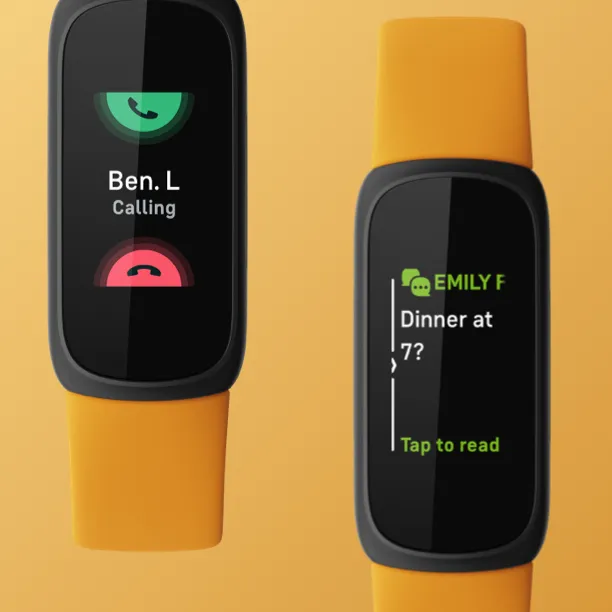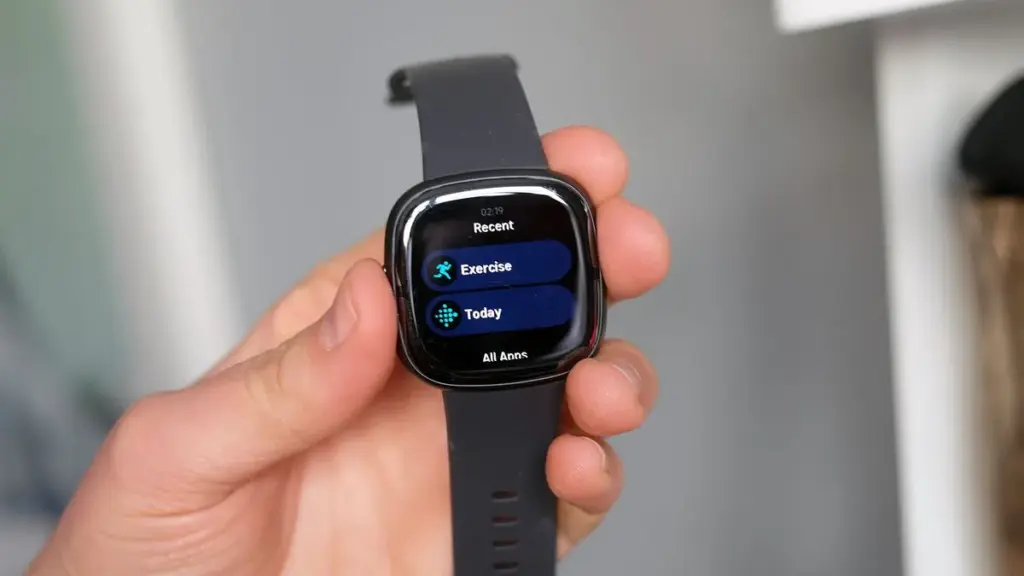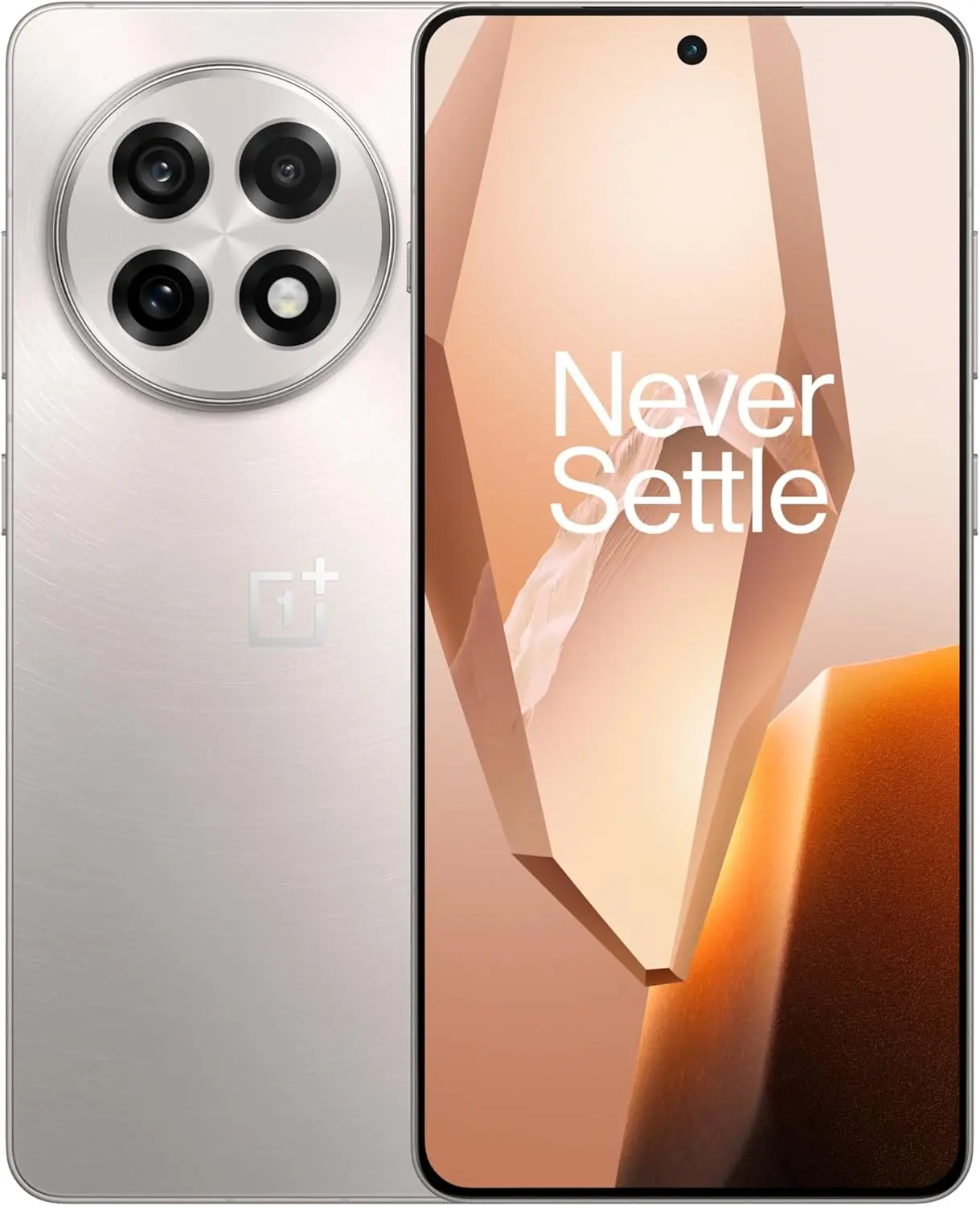Fitbit is known as Google Fitbit. The good news is that Fitbit continues to be among the most user-friendly fitness trackers and smartwatches on the market, even with its new moniker. It is not the most creative brand change, nor one we think will stick in consumers’ minds. This is particularly valid if you are just beginning – or resuming – your fitness adventure.
There are many other wearable fitness trackers out there, but it remains one of the finest due to its fantastic styling, inexpensive pricing, and user-friendly interface. You are in for a treat if you are searching for a dependable step-counter and sleep tracker. And because of Google’s leadership, you can now find a smartwatch with features that can compete with the competition. Regardless of your needs for wearables, fitness, or health, these are our top picks for Fitbit.
Fitbit Charge 6

Fitbit is premium fitness tracker inherits more intelligence while losing the capabilities found in its other smartwatches, giving it a more appealing to choose. If steps are still important to you, a tracker that will track them is the Charge 6.
In addition, it provides excellent sleep tracking and extra features to appeal to people who enjoy stress management and casual fitness. IT has finally brought back a physical button while maintaining the Charge 5’s vibrant AMOLED display look.
With the helpful additions of Google Wallet and Maps, Google’s influence has grown on the Charge. In contrast, YouTube Music controls have diminished, unless you are a subscriber to Google Music. The ability to use the Charge 6’s heart rate sensor to transmit data to linked gym equipment is the biggest fitness-related update; in most workout conditions, the sensor accuracy feels strong enough to support this feature.
However, in terms of precision and dependability, the integrated GPS assistance falls short of that of dedicated sports watches. Fitbit, in contrast to those watches, provides accurate sleep data that is simple to interpret and act upon.
Fitbit enters a new realm of stress tracking with the EDA Scan app, which uses the ECG sensor to provide the Charge 6 some unexpectedly powerful heart-health monitoring capabilities. All of this is available for less money than smartwatches, and it also comes with a few extra capabilities.
Fitbit Inspire 3
With a battery life of up to 10 days, depending on usage, the Fitbit Inspire 3 offers the longest battery life available on a fitness tracker at the moment. It also has an AMOLED touchscreen, which makes it better than the previous Inspire. Although I wish it were somewhat larger, this is still a significant gain in visibility over the previous two Inspire trackers.
Fitbit concentrates on its core competencies here, providing you with an improved interface and screen to display your daily step count progress, which is affected by its devices. This form factor tracks sleep cycles and is quite pleasant to take to bed. Additionally, it is merely a more elegant way to view your phone’s alerts.
Additionally, the Inspire 3 has an optical heart rate monitor that performs well for insights like resting heart rate and a SpO2 sensor that monitors blood oxygen levels exclusively while you sleep. If you are curious, the mindfulness and wellness-focused enhancements allow you to view your skin temperature, breathing rate, and “stress management” ratings.
The Inspire 3 shows that you do not have to pay a lot of money to take advantage of Fitbit’s greatest features and receive longer-lasting batteries than any of the watches or trackers that are priced higher.
Fitbit Versa 3
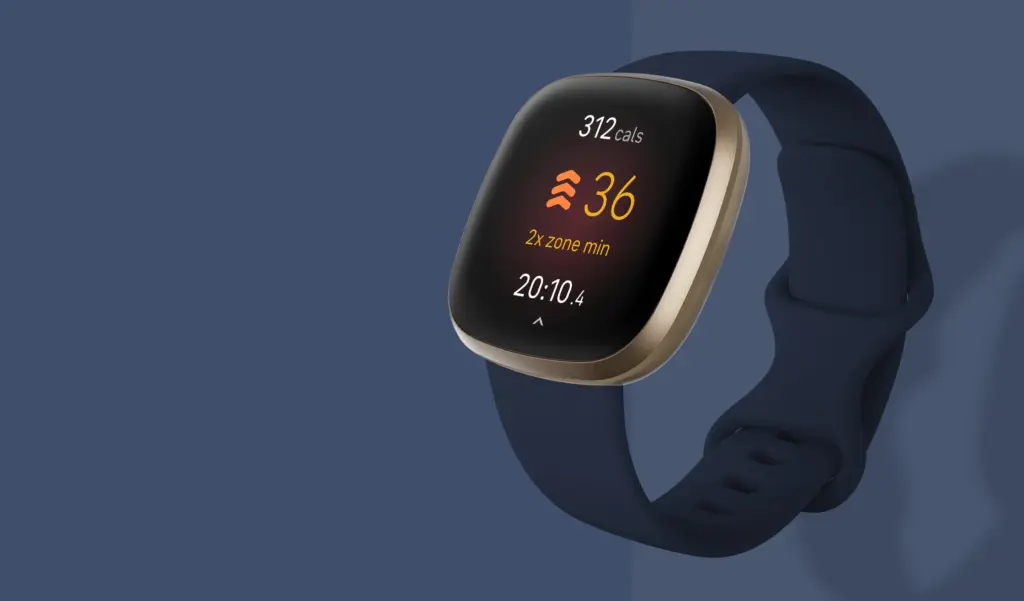
Given that the Versa lacks the additional smartwatch and health capabilities included on the Sense 2 and Pixel Watch 2, it is unclear how long it will be included in Google and Fitbit is smartwatch plans. Additionally, you cannot get it straight from Google, but if you are willing to hunt about, you can find it for a reasonable price. Furthermore, it is still worthwhile to look at despite the somewhat lacking features list.
It has a 1.5-inch AMOLED touchscreen that is vivid and brilliant, and it has a nearly identical square form to the Versa 4. Its absence of the physical button that was reinstated for the Versa 4 may cause some annoyance when interacting with things other than the responsive display. Like the Versa 4, it has all of the same fitness and sleep tracking functions.
The accuracy of the sleep tracking is a standout feature for a watch that is cozy enough to wear to bed. The PurePulse optical heart rate monitor is more appropriate for daily use than for intense physical activity, and the integrated GPS will not provide accurate results comparable to those of a sports watch.
The watch face and third-party apps have been removed, much like on previous Fitbit smartwatches. On a smartwatch, you can still use Bluetooth to make calls and take advantage of one of the best examples of Amazon Alexa integration available.
It has greater battery than watches made by Apple, Samsung, and Google, and can last up to a week – a longer period of time when the screen is always on. It is a great deal that should not be discounted just yet because it provides the essential functionality at a lower cost.
Fitbit Luxe
While Fitbit has made an effort to make all of its trackers and watches match your wardrobe, the Luxe appears to be a more upscale accessory than most wearables. The most sought-after wearables do not shout that they are loaded with technology.
The Luxe has a sleek stainless steel case, a variety of mesh, woven, and leather bands, and a vibrant AMOLED screen that is displayed on your wrist. Even with the silicone band on, it looks fantastic.
Underneath this stylish appearance are the sensors and intelligence that can consistently monitor heart rate day and night and record SpO2 data as you sleep, providing a helpful, if not essential, dose of wellness information. This offers 20 workout modes and can be “linked GPS” through your phone to track sports activities.
However, I thought it was a surprising omission that there was no altimeter to count the steps I climbed. The range of mindfulness tools, which includes Stress Management Scores and Relax breathing exercises on Fitbit, illustrates the trend. For now, the Luxe succeeds in encapsulating those essential functions within a sleek and elegant design.
Fitbit Ace LTE – for kids
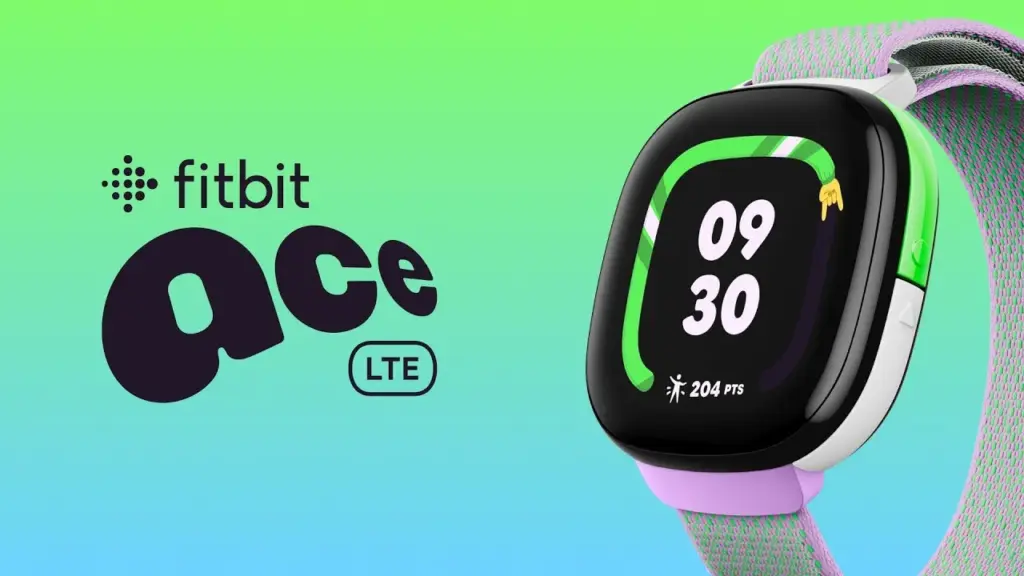
In 2018, the first Ace was released, allowing children eight years old and up to track their sleep patterns, steps, and virtual badges they constantly wanted to earn. The Ace LTE quickly becomes more appealing to adults because it replaces the fitness band form factor with a smartwatch one.
Designed for children aged 7 to 14, the Ace LTE has a design that could be best compared to a more kid-friendly Versa. Large OLED screen protected from scratches by Gorilla Glass 3; unlike the previous Ace, this screen can be immersed in water up to 50 meters deep.
It removed the sleep monitoring feature from the original Ace, but other well-known fitness tracker sensors are still present, such as an optical heart rate monitor and motion sensors to detect movement. It can make calls between parents and kids thanks to its LTE connectivity, and it can track locations by utilizing Google Maps. The watch is also about to be paid for.
There are games to play as well, one of which is an adorable Fitbit-inspired Tamagotchi. To get the full Ace experience, there is a $10 monthly subscription cost; this is not a cheap kids’ smartwatch, either. However, it is simple to use and strikes the ideal mix between enjoyment and fitness to make it suitable for children.
Fitbit Versa 4

With the release of the Google Pixel Watch, Fitbit’s own smartwatch’s future becomes uncertain. However, the Versa 4 is the best option if you would prefer a Fitbit-centric experience with longer battery life and do not find the concept of having a Pixel Watch appealing.
You receive a smartwatch that is nearly exactly like the Versa, but with the nice addition of a physical button. It has a softly curved shape. The device boasts a sizable, vivid 1.5-inch AMOLED touchscreen display, and if you do not use it nonstop, the battery life can easily surpass the six days that are advertised.
Regarding sports, the Versa 4 has a built-in GPS for tracking outside rides and runs, as well as motion sensors for somewhat accurate indoor swim tracking—though not as accurate as a sports watch. For daily heart rate monitoring, is most recent PurePulse heart-rate sensor is a better option than a CrossFit class.
Additionally, native Google apps like Maps have taken the role of third-party app integration, and Google Assistant has joined Amazon’s Alexa. The Versa 4 has many benefits, including the ability to monitor step counts, sleep patterns, and phone notifications without the need for continuous charging.
Fitbit Sense 2
It was obvious that the Sense was meant to draw in users who were monitoring their health more than their workout routine by checking their Apple Watch and other devices. The main way that the Sense 2 does that is by using an ECG sensor that is authorized in the US to assist users in identifying possible atrial fibrillation symptoms. When you sleep, a SpO2 sensor works to detect breathing irregularities, and a skin temperature sensor tracks temperature variations throughout the night to identify any trends.
Although this function has not received regulatory approval, it may be able to identify indicators of the sleep apnea disorder.
Fitbit leverages the galvanic skin response measurements, which are taken continuously and on-the-spot by an electrical cEDA sensor, as a stress indicator. Fitbit has to improve how it provides information about possible stressors, but it is a good place to start.
Moreover, the Sense 2 inherits all of the less expensive Versa’s fitness and sports tracking capabilities, including an integrated GPS unit. It also makes use of a PurePulse heart-rate sensor to monitor your Active ZoneMinutes during periods of increased activity. Fitbit Premium, which costs $10/£8 a month, is required to access all of the most insightful health data. This is the smartwatch to get if you are looking for one with a more robust and serious health tracking feature.
Google Pixel Watch 2
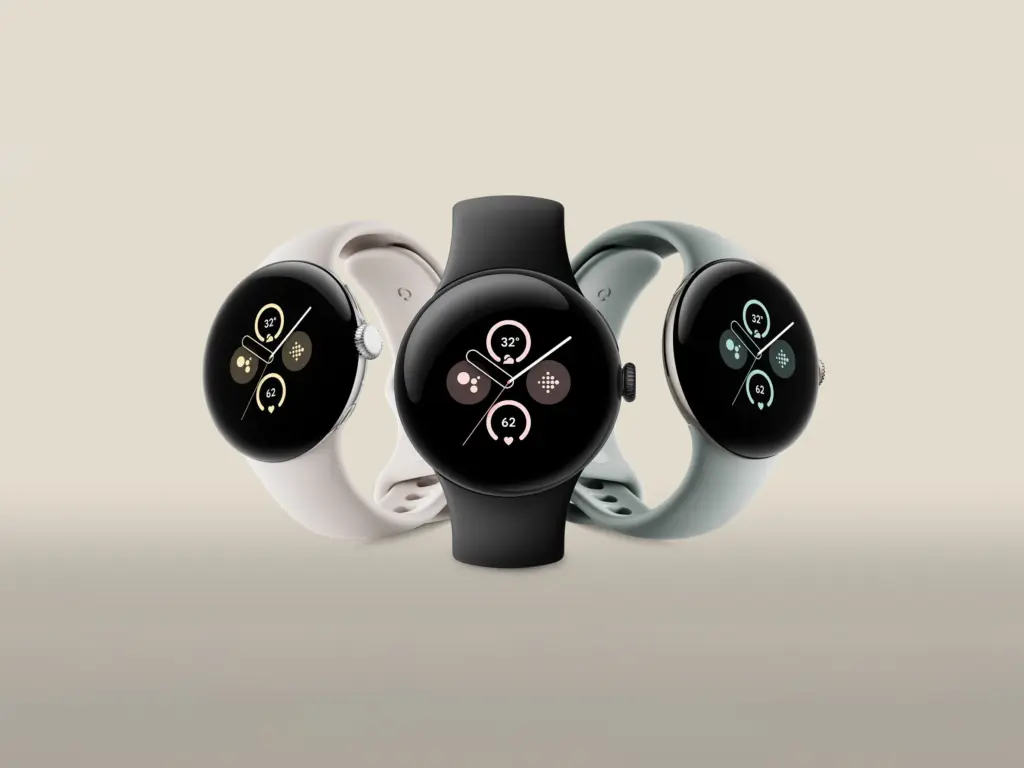
The exterior of the original Google Pixel Watch was stunning, but the interior was less than ideal. One advantage was that Fitbit is advancements in fitness and health tracking were well-represented by Google’s flagship watch, which was a more feature-rich smartwatch than the Versa and the Sense. Thankfully, the Google Pixel Watch 2 increased the number of powered functions without having to make any significant design modifications.
It now alerts you to unusual heart rate rhythms, building on the heart rate tracking capabilities of the Pixel Watch. It measures your body temperature, provides helpful information about your overall health, and flags symptoms of illness. It uses the Sense 2’s cEDA sensor to alert you to moments during the day when you could be experiencing stress.
Its reputation as a training partner has also improved with a renewed emphasis on heart-rate-based exercises, but the battery life is not all that great—achieving the full 24-hour battery life is difficult once more.
The latest version of Google’s Wear OS software, Fitbit’s sophisticated monitoring algorithms, and Qualcomm’s Snapdragon W5 Gen 1 CPU have all contributed to the second-generation Pixel Watch seeming more deserving of a wristwatch than the first.
Has Google Made Fitbit Better?
Three years have passed since Fitbit was purchased by Google for an alleged $2.1 billion, bringing with it teams focused on hardware and software as well as assets from Pebble, which Fitbit had purchased in 2016.
In what ways, then, have things changed? First of all, the name has Google Fitbit has replaced Fitbit.com, so if you were going to buy a wearable there, you will now do it through Google’s site. Fitbit is web dashboard will also be discontinued as Google pushes users with accounts to switch to Google one. To view your statistics, you will need to log in.
Google’s software footprint on hardware has increased as more of its apps are available on fitness trackers and smartwatches that still go under the Fitbit brand. Additionally, Google has introduced two iterations of its wearable, the Google Pixel Watch, which combine Fitbit-powered fitness and health capabilities with Google’s Wear OS platform.
Fitbit FAQs
Are Fitbits waterproof?
All Fitbits, with the exception of the original Ace kids fitness tracker, have some water resistance. The Google Pixel Watch 2, Charge 6, Sense 2, and Inspire 3 are among the most recent wearables that can be submerged in water up to 50 meters deep. That also provides you a decent indication of how well they will defend against perspiration. Certain Fitbits can track swimming when they are compatible, but only in indoor pools where motion sensors are used to detect your movements.
Can Fitbits connect to Strava?
Yes, but the Fitbit Gallery no longer has the separate Strava app that was formerly available on some older watches and trackers. The Strava Wear OS app is available for download if you own a Pixel Watch. If you do not own a Pixel Watch, you can begin sharing your workout data between the two apps by clicking the strava.fitbit.com link and following the instructions.
Can Fitbits measure blood pressure?
It is no longer possible to manually log blood pressure measurements using the app, despite its previous support. The primary method of integrating the two platforms at the moment is to use a blood pressure monitor and app that supports the Health Connect app. Google does allow you to connect Fitbit to its Health Connect app in order to aggregate health and fitness data in one location.
Can Fitbits detect sleep apnea?
None of Fitbit is other wearables have the same clearance to claim they can identify and diagnose sleep apnea, unlike the Sense 2, which has features for ECG and PPG heart rate tracking that are approved by the FDA. Fitbit wearables can employ an integrated microphone to record information on snoring, but they are unable to diagnose sleep disorders.
Which Fitbit has an ECG sensor?
An ECG or electrocardiogram sensor is considered one of the most accurate ways to monitor heart rate activity, and measures the electrical activity from the heart. That’s different to the way that optical, PPG-style heart rate sensors gather heart rate information, and can be a little more susceptible to disruptions like increased movement that can affect data accuracy.
Fitbit introduced an ECG sensor to the Sense in 2020, and it’s now available in the Sense 2, Google Pixel Watch, Pixel Watch 2, and Charge 6. Using the accompanying Fitbit ECG app, users can take on-the-spot ECG measurements, analyzing heart rhythm to help detect (not diagnose) signs of atrial fibrillation, which could be an indicator of a serious health condition.



